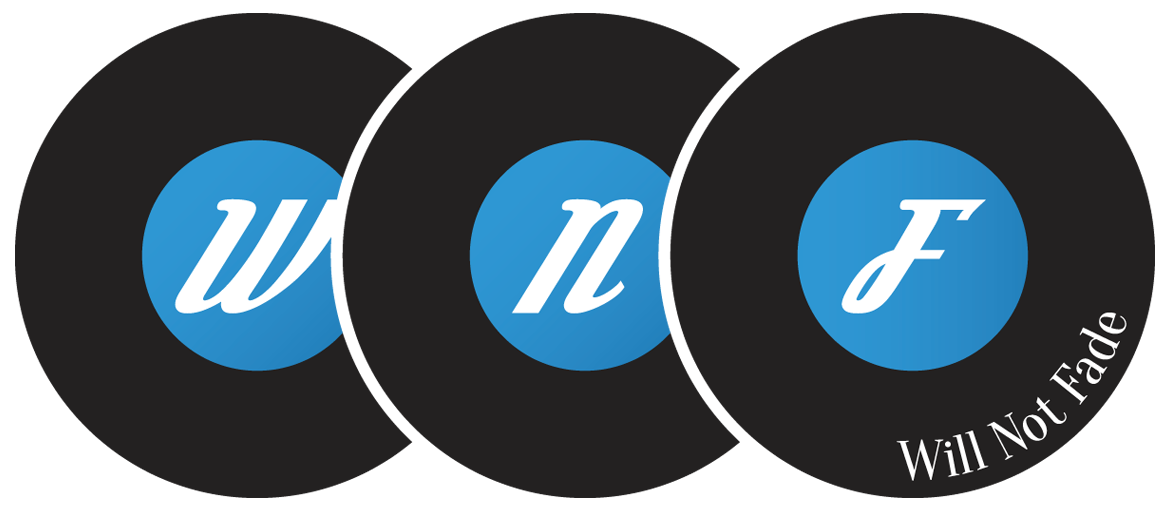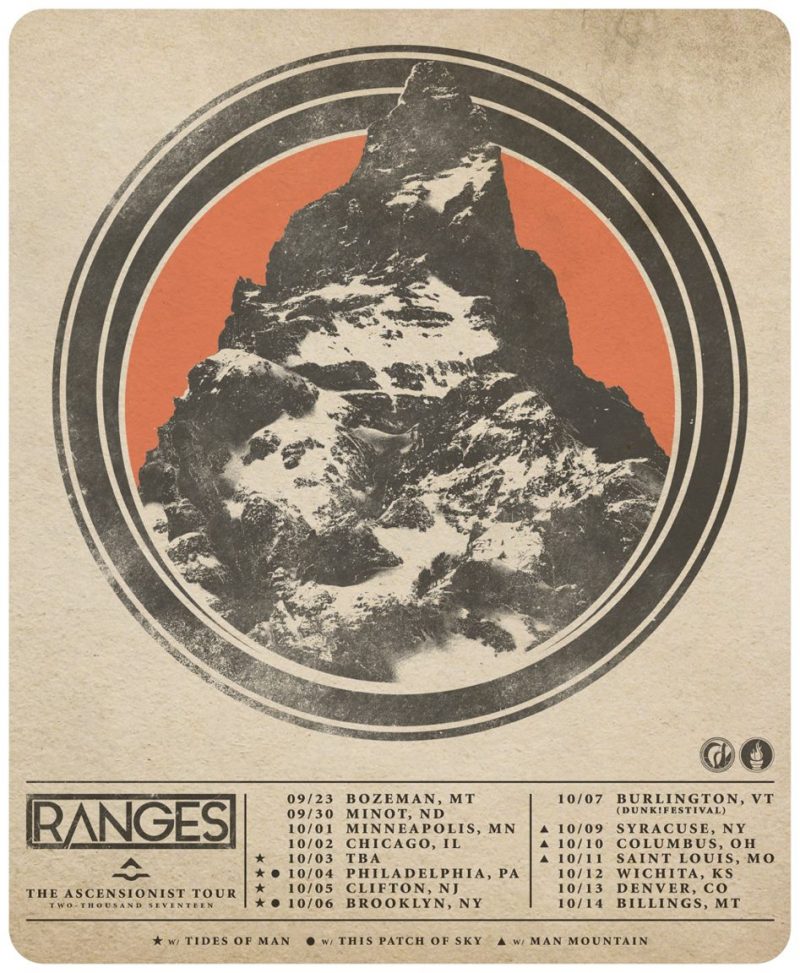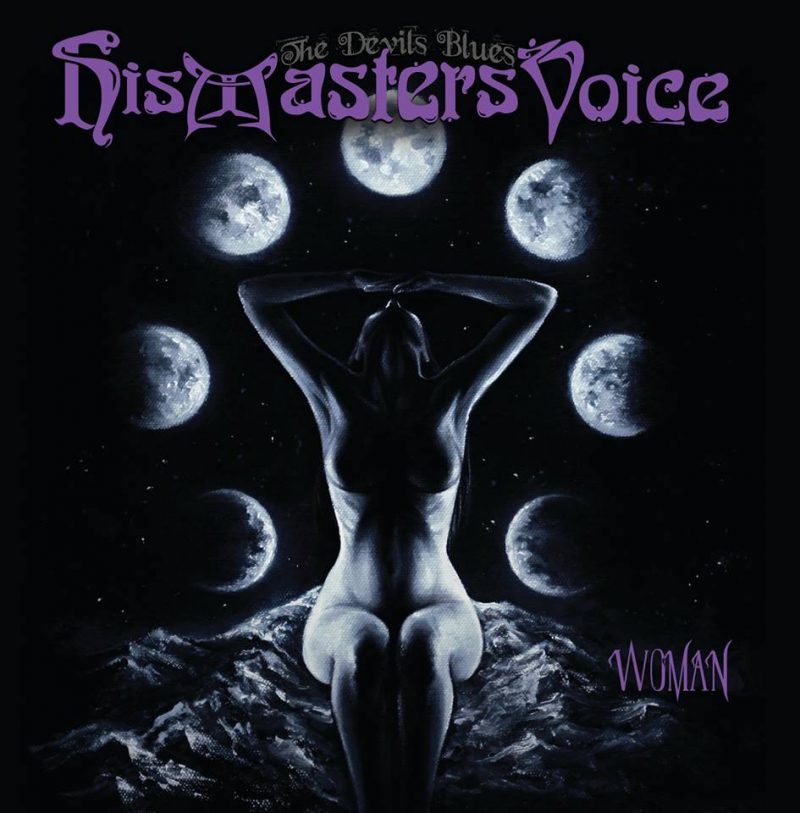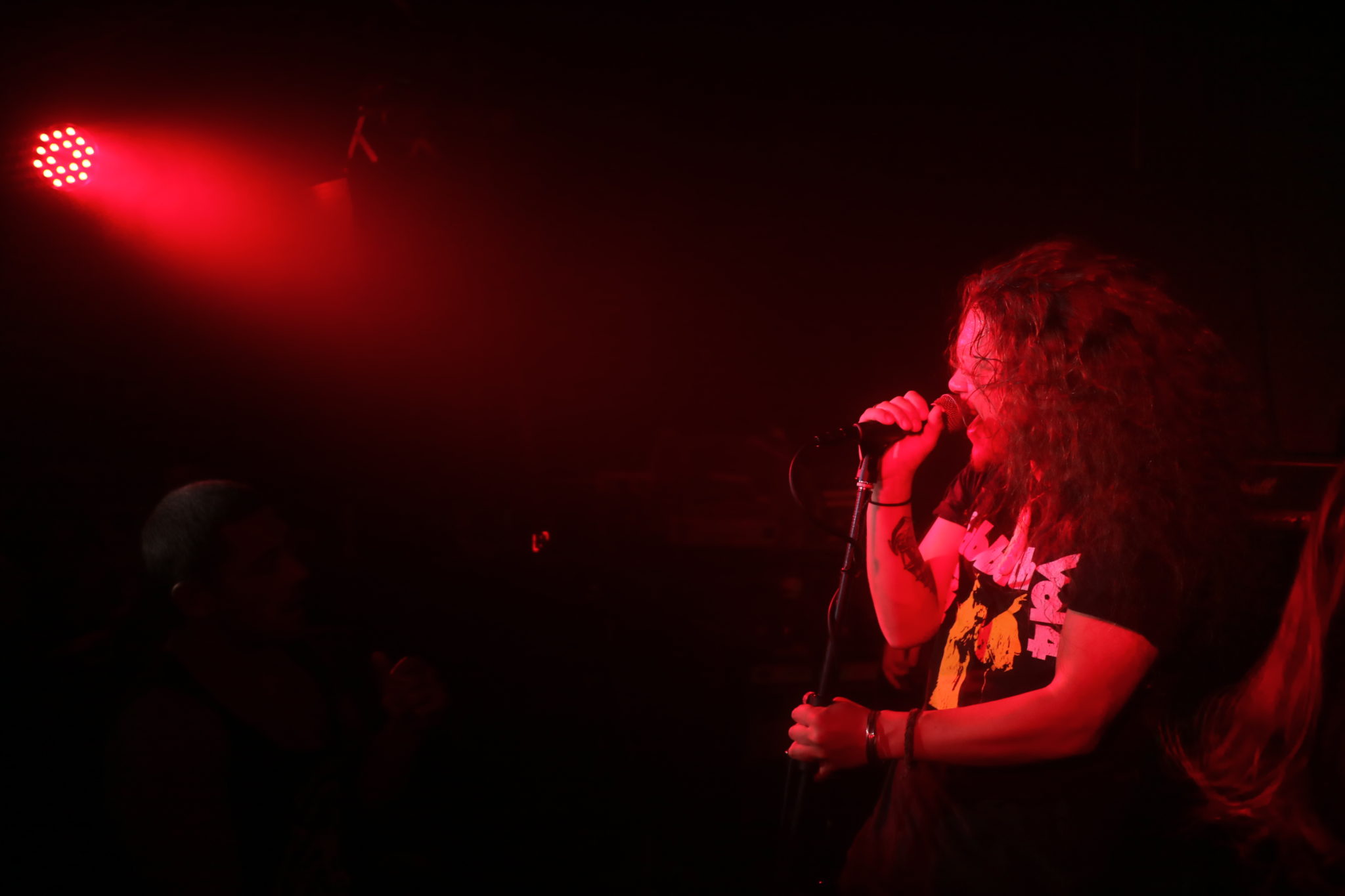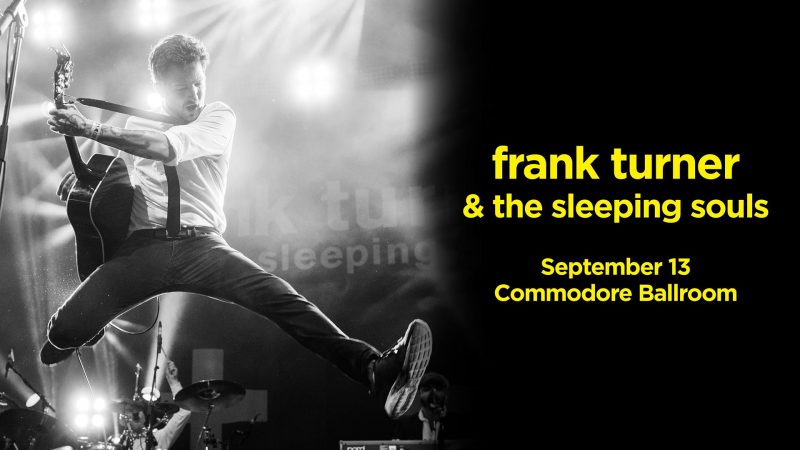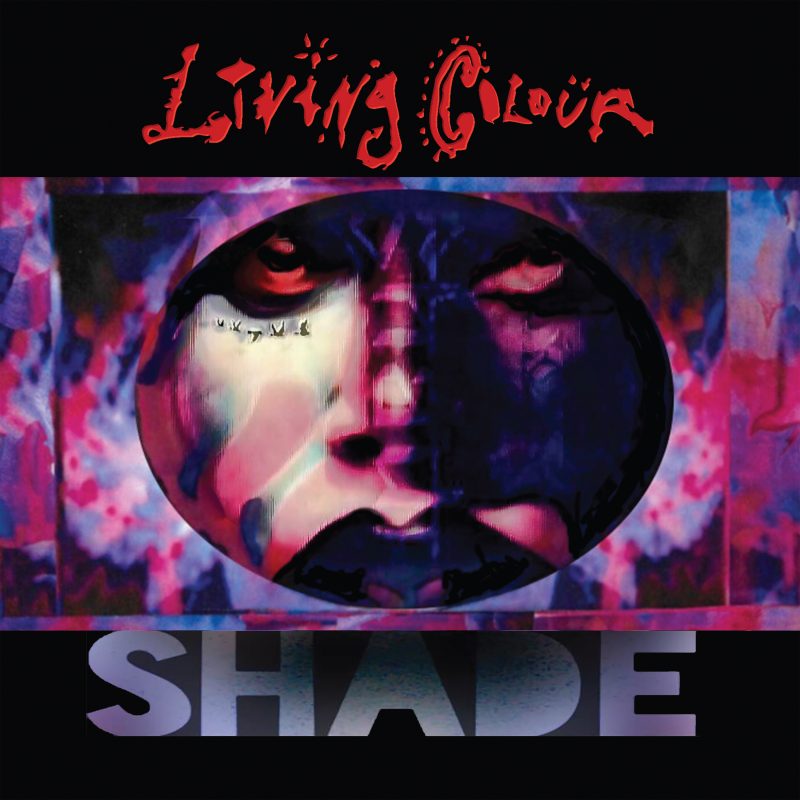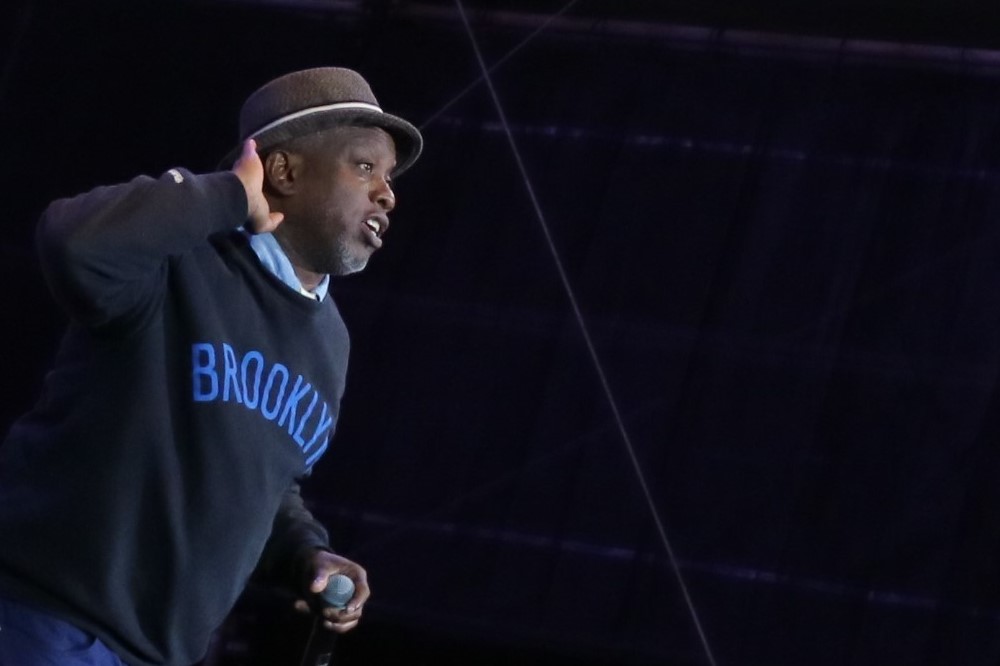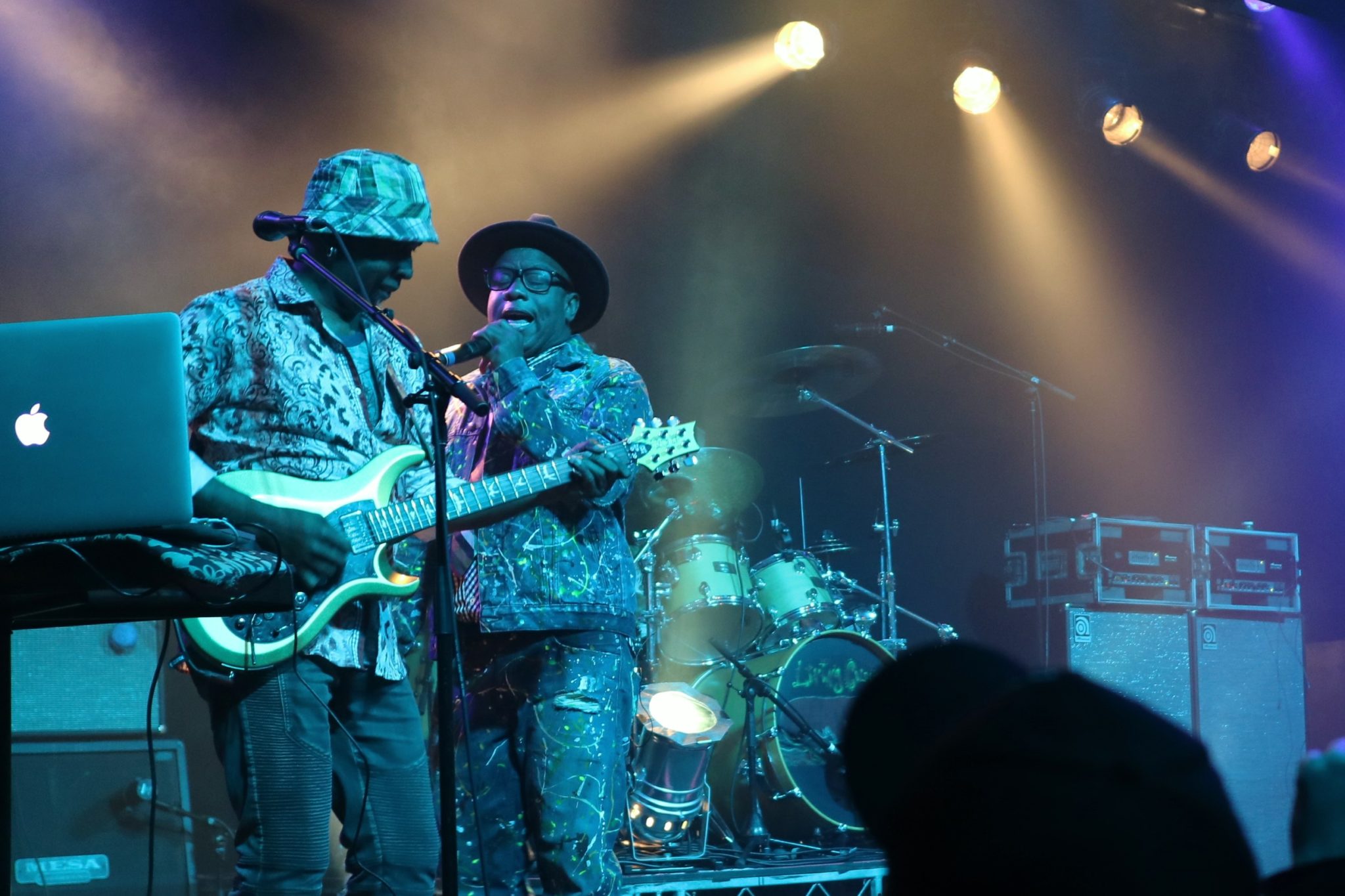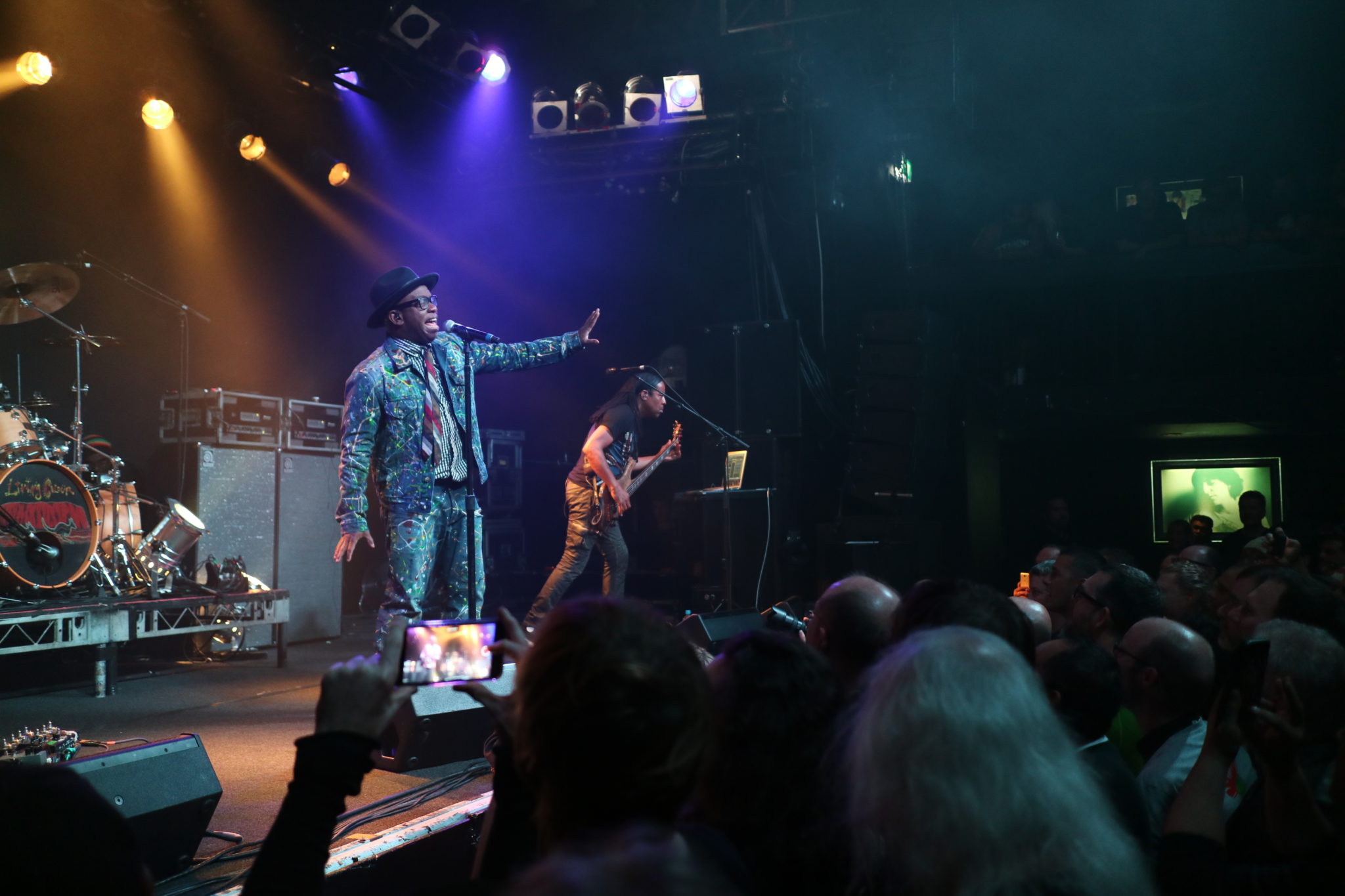Frank Turner & The Sleeping Souls (show #2101)
w/ Band of Rascals and Trapper Schoepp
Commodore Ballroom, Vancouver
Wednesday 13 September 2017
Frank Turner is in the middle of touring around America at the moment as a support act for Jason Isbell. But never one to disappoint fans, he stopped off in Vancouver for a standalone headline show to cater to his Canadian fanbase.
“We’re here in Vancouver for 15 hours, just to play for you lot!” he shouted, “This morning I was tired and hungover and was not in the mood to chat to Canadian border guards… but we’re here now!”
Band of Rascals
The local act Band of Rascals played a great opening set of blistering rock music with an edge of country. They threw themselves about of stage with abandon, yet retained enough control to stay tight and sang great harmonies. A few songs entered into ballad territory, reminding me of Stu Larsen during on softer part.
Trapper Schoepp
Second up was Trapper Schoepp, also signed to Xtra Mile, the same label as Turner. Just one kid with a guitar, a large mop of hair, and one hell of a voice. He played a bunch of songs from his latest EP, Bay Beach Amusement Park, which sent me into giggles. It’s not often that I hear serious songs about bumper cars or Elvis siting on theme park rides. Great as he was, his set started to drag when he played some slower numbers, although his vivacious energy and funny banter kept us awake between songs.
Frank Turner
Things have changed since I last saw Turner play in Wellington. The Commodore Ballroom was easily twice the size of Bodega and Meow, where I’ve seen him play previously.
Turner keeps track of ever show he’s played. Meow was #1666. Tonight was #2101. That’s close to 500 odd shows that he’s played in two years. No wonder the man has such a die hard following, considering how hard he works. He also has numerous new tattoos. Last time I saw him the violin f-holes on his forearms were relatively fresh. Now he has many others crowding his skin as well.
But despite the time past since I saw him last, the rules remained the same: #1 don’t be a dick – look after each other. #2 sing along.
Turner and his merry men of Sleeping Souls stop upon that stage and tore through everything we hoped for. At first it seemed that most of the set was drawn from the two most recent albums, Positive Songs for Negative People, and Tape Deck Heart. But throughout the night he drew a few songs from each album, hedging his bets with wanting to please fans both new and old.
PSFNP wasn’t released last time I saw Turner live, so it was interesting seeing how some of the tracks sounded live. In my album review, I’d written that “Out Of Breath” is “played at such a pace that it seems that the musicians are almost tripping over themselves”. Funnily enough, Turner demanded that the audience start a circle pit for that song, so I feel my description was surprisingly accurate, that the song was designed for people running around out of control.
“Mittens” was another surprise. Turner was solo onstage at this point, playing a few solo ballads. “Mittens” is a mostly soft song, building up towards the end. Live, its a different animal. Turner bellowed with all his might, red in the face. I never expected such a sweet song to be played so violently.
He also treated us to three new songs from the forthcoming album. This was the first headlining gig in a long time so I guess this was his chance to offer something new that he couldn’t do during supporting legs of someone else’s tour.
I thought it ironic that he sang a song entitled “Be More Kind” to a group of Canadians. For what I could gather, the next album has two major themes. Half of it is reactionary to the state of affairs in the world at the moment. One song is called “1933”, which I read as comparing some current world events to the rise of Hitler. But then there are some happy love songs – not a typical Turner song topic. He played one such track called “There She Is”.
One of the best parts of the night was when Turner called his longtime friend Alice onstage. “I haven’t seen you in a very long time” he explained to her, “and when I catch up with old friends I like to have a drink with them”. From stage he ordered two shots of whiskey from the bar, and asked that they be handed to the sound guy. “Alice, during this next song I need you to crowd surf back to the sound desk, get the whiskey, and crowd surf back to the stage without spilling a drop”.
It was so fun to see this mad challenge pulled off, with Alice precariously riding the sea of up-stretched arms with a shot glass in each of her hands. The two reunited onstage and sunk their respective drinks. “That was a bloody stupid idea”, Turner remarked “it’s like drinking during the middle of a cardio session!”
Towards the end of the set Turner made an announcement. “I’m ashamed to say that despite practicing every day of my life since I was a child, I’m still not good enough to play death metal. But we can still bring death metal to the show!” He asked the crowd to split in two, like Moses parting the red seas.
I turned to my friend wild eyed. “We’ve got to go! We’re going to die!” I told him, anticipating a wall of death.
Turns out I was wrong. Turner made a speech about how the world is divided at present, and how we need to come together and support each other. Instead of the infamous wall of death, he wanted to start a wall of hugs. As gimmicky as it was, it was a nice way to bring a crowd of strangers together.
I’ve recently been reading Turner’s autobiography, The Road Beneath My Feet. It has given me insight into his life, and the meanings behind many of his lyrics. Songs like Tell Tale Signs and Long Live The Queen are suddenly a lot sadder when you understand what they are about. But I think that’s a big aspect of Turner’s appeal – he’s relatable. He sings about the hurt in his life, the struggles and vulnerabilities. That’s why you have hardened punks in patched jackets showing up to a show that features men in white collared shirts playing mandolin. Because at the heart of the music, when you strip away the genres and the scene expectations, Frank Turner writes songs that give hope.
There’s nothing quite like seeing your favourite song played live [mine is “I Am Disappeared”]. I remember when I first saw Turner play, many years ago. It was wild seeing the man I’d listened to thousands of times stand ten metres in front of me and sing those same songs from a stage. And after seeing him for a third time, I can tell you that the rowdy, inclusive, heartfelt show he puts on only gets better each time.
Frank Turner links:
Website: http://frank-turner.com/
Facebook: https://www.facebook.com/frankturnermusic
Twitter: https://twitter.com/FrankTurner
Instagram: https://www.instagram.com/frankturner
YouTube: https://www.youtube.com/user/frankturner
Joseph James
